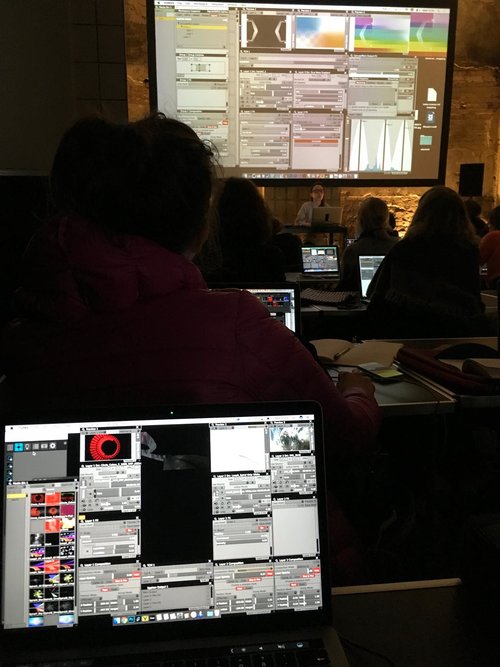Related post
Power of One #Surface – Compression and dilation of time
Feb 21, 2017
|
Comments Off on Power of One #Surface – Compression and dilation of time
3278
Everything You Need to Know About Mexican VJing: From Market Features to Powers of Ayahuasca
Jul 05, 2018
|
Comments Off on Everything You Need to Know About Mexican VJing: From Market Features to Powers of Ayahuasca
2476








